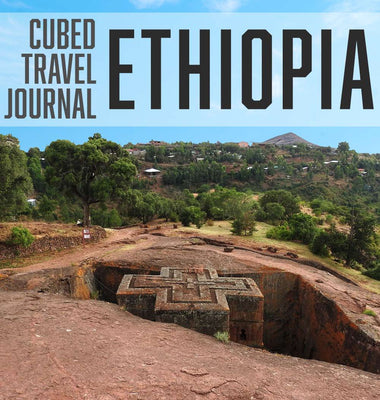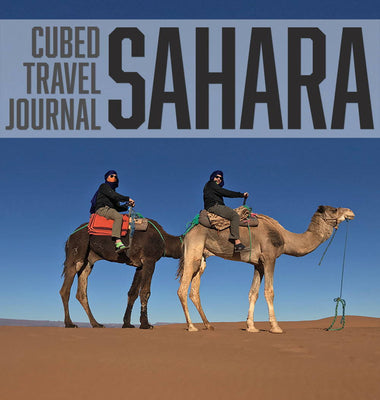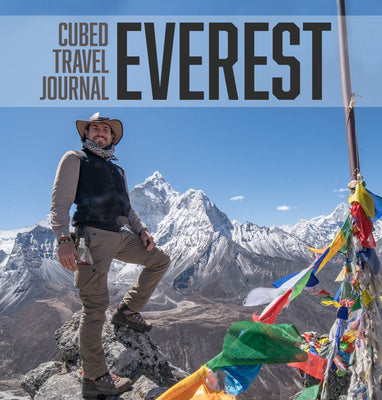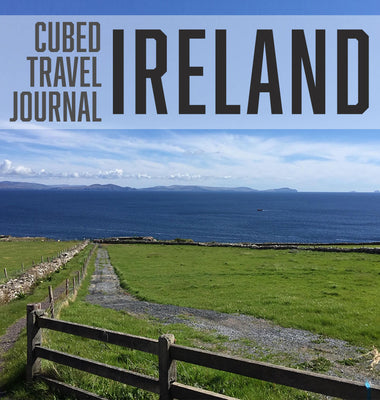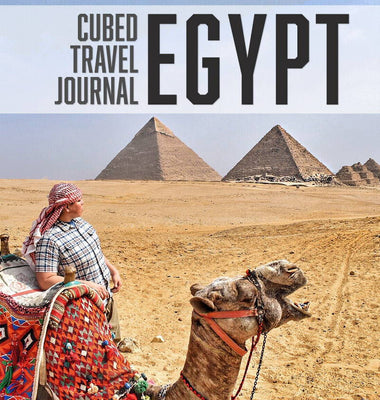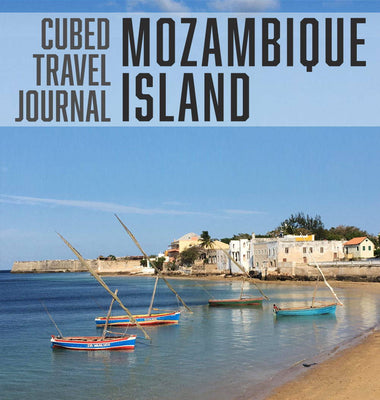Our final stop was Mumbai, which wasn’t as overwhelming as it might have been at the beginning of our trip. By now, we were well acclimated. We enjoyed so much wonderful food in every city, but had a very memorable thali meal consisting of a dozen individual dishes at one of the best known local places, with the owner explaining each dish, even showing us the raw ingredients for each. There were two rounds of all these small plates - and there were seconds for anyone who could manage them. As if!
With our whirlwind tour of India complete, there were many emotions, most of all, the unspoken gratitude we felt to our hosts who managed to fit what seemed like a one-year trip into a one-month timeframe – without any casualties along the way. It was as though we had been taken around on a magic carpet – driven by two people who both know and love India to its core.
Only one word comes close to describing India, and that is ‘kaleidoscope.’ The whole experience of this wonderful country is an assault on all the senses and more. The sights, sounds, colors, smells, and experiences all set to the traffic, and human interaction music is unforgettable. We experienced universal cordiality and politeness. We have made fast friends for life, having ‘taken a chance’ on this invitation. We can only thoroughly agree with the slogan – Incredible India!


